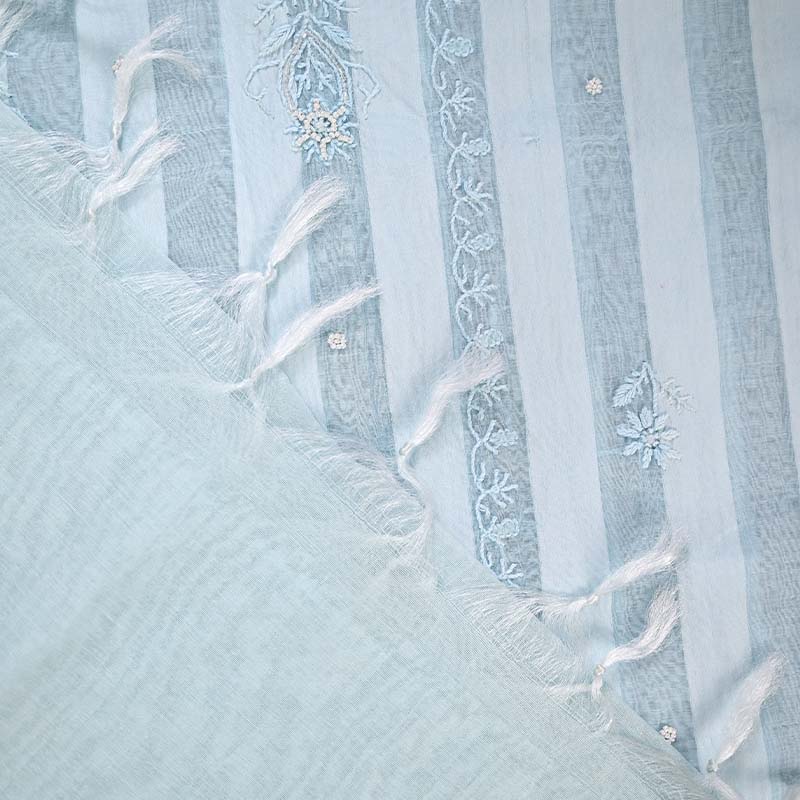
How to Identify Authentic Chikankari Kurtis: A Buyer’s Guide
Share
With the increasing popularity of Chikankari kurtis, many machine-made and fake versions flood the market, making it difficult for buyers to distinguish between authentic and imitation pieces. Investing in a genuine Chikankari kurti ensures not only quality but also helps sustain the livelihood of skilled artisans. Here’s how you can ensure you’re buying an authentic piece:
Key Features of an Authentic Chikankari Kurti
-
Hand Embroidery Over Machine Work: Genuine Chikankari is entirely hand-embroidered, featuring delicate patterns. Machine work, on the other hand, appears too perfect, repetitive, and lacks the artistic depth of hand-stitched designs.
-
Fine Threadwork and Subtle Imperfections: Authentic Chikankari uses white or pastel-colored threads in floral, paisley, or jaali (mesh) designs. Since it is handmade, you may notice slight imperfections, which add to its uniqueness.
-
Shadow Work Effect: One of the distinguishing features of Chikankari is its shadow work, where the embroidery appears as a delicate pattern on the front while the reverse side has neat, visible threadwork without messy knots.
-
Soft and Premium Fabric: Traditional Chikankari is done on pure cotton, georgette, chiffon, or muslin fabrics. The fabric should feel soft and breathable, complementing the detailed embroidery.
Where to Buy?
Always purchase from reputed stores, brands, or artisans who specialize in handmade Chikankari work. If buying online, look for detailed descriptions, close-up images of the embroidery, and customer reviews to verify authenticity. Supporting authentic Chikankari ensures that skilled artisans continue their legacy and tradition while keeping this beautiful craft alive.
